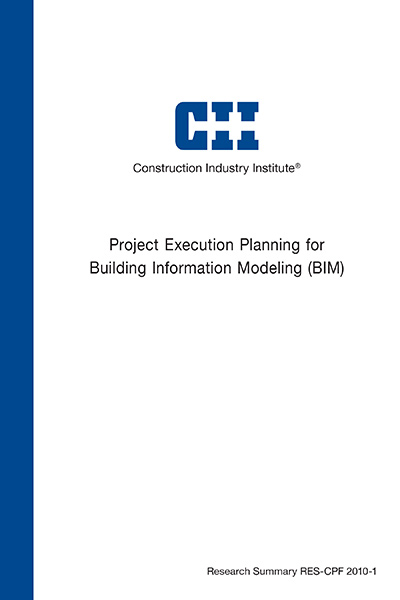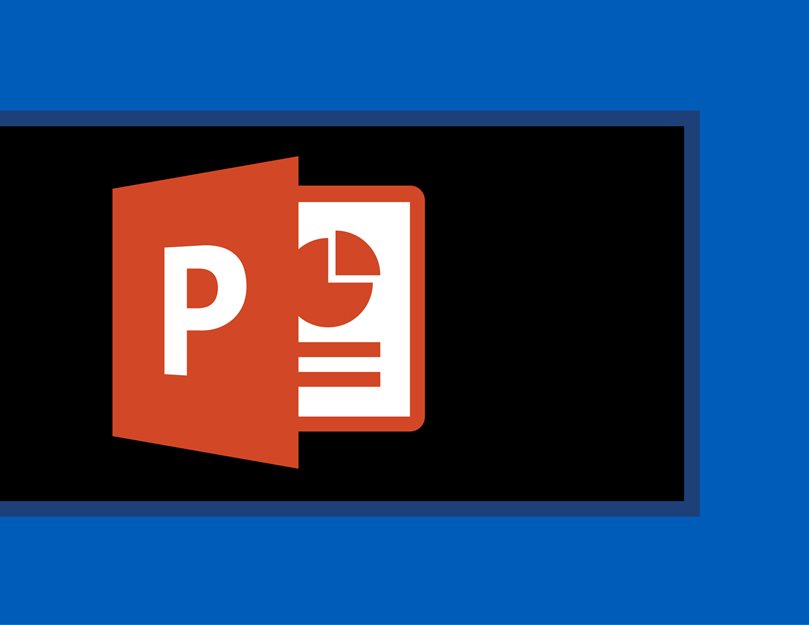
Project Execution Planning for Building Information Modeling (BIM)
Building Information Modeling (BIM) is a process that focuses on the development, use, and transfer of a digital information model of a capital facility project to improve the design, construction, and operations of the project or of a portfolio of facilities. To successfully implement BIM on a project, the project team must perform detailed and comprehensive planning. This planning should be documented in a BIM Project Execution Plan to ensure that all parties are aware of the opportunities and responsibilities associated with the incorporation of BIM into the project workflow. The BIM Project Execution Plan defines the appropriate uses for BIM on the project (e.g., design authoring, cost estimating, and design coordination), along with a detailed design of the process for executing BIM throughout the project lifecycle. Once the plan is created, the team can follow and monitor its progress against this plan to gain the maximum benefits from BIM implementation.
This research project outlines a structured procedure for creating and implementing a BIM Project Execution Plan. This procedure is described in the BIM Project Execution Planning Guide. The procedure is comprised of the following four steps:
- Identify high-value BIM uses during project planning, design, construction and operational phases.
- Design the BIM execution process by creating process maps.
- Define the BIM deliverables in the form of information exchanges.
- Develop the infrastructure in the form of contracts, communication procedures, technology, and quality control to support the implementation.
The goal for developing this structured planning procedure is to stimulate project planning and direct communication among project team members during the early phases of a project. The planning process should be led by a team of people representing organizations with a significant role in project. Since there is no single best method for BIM implementation on every project, each team must effectively design a tailored execution strategy by understanding the project goals, project characteristics, and the capabilities of the team members.
- Identify high-value BIM uses during project planning, design, construction and operational phases.
- Design the BIM execution process by creating process maps.
- Define the BIM deliverables in the form of information exchanges.
- Develop the infrastructure in the form of contracts, communication procedures, technology and quality control to support the implementation.


